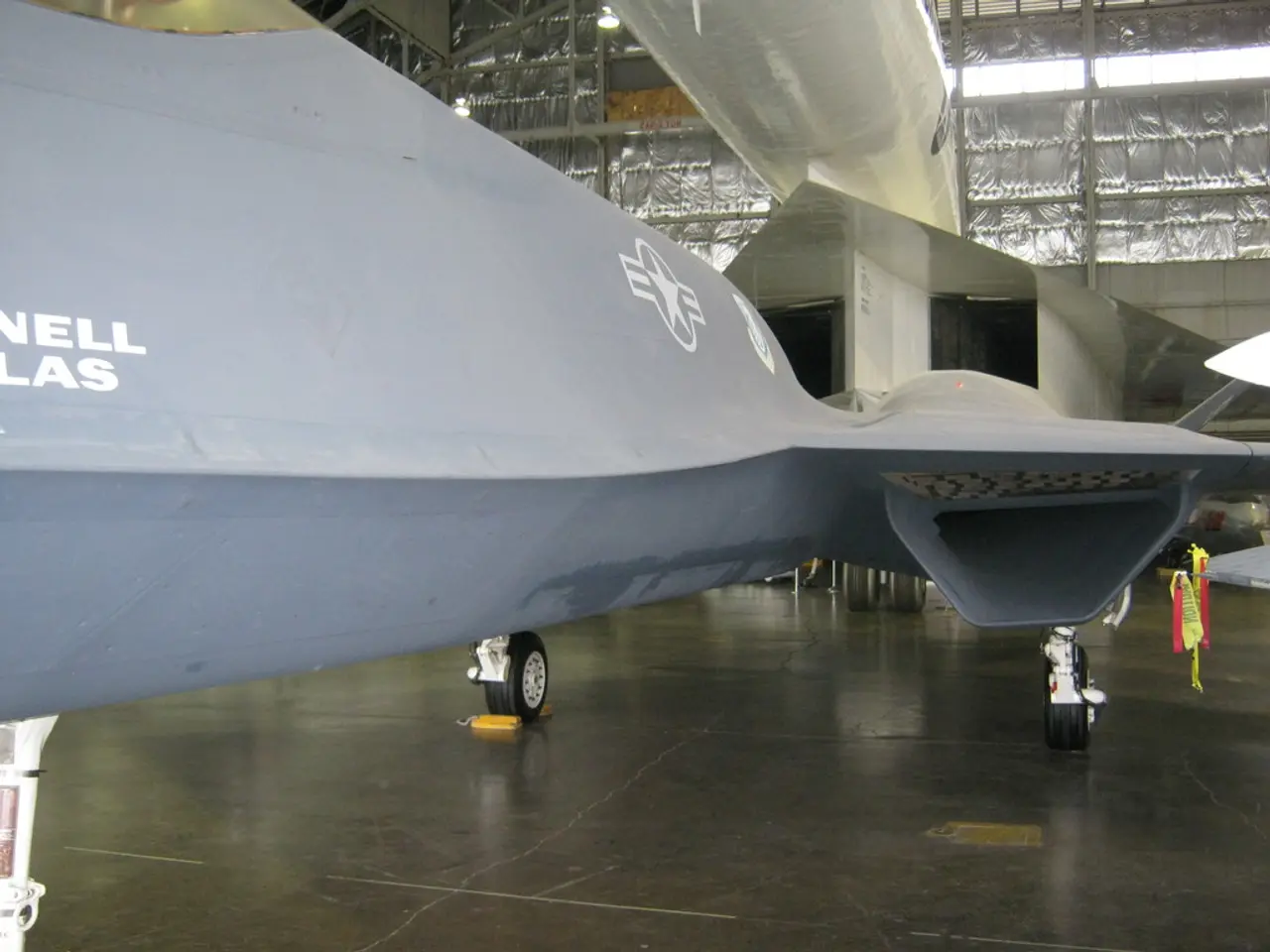Most Dangerous Airplane Crashes Across the Globe
The Tenerife disaster, a grim chapter in aviation history, remains the deadliest aircraft accident to date. On March 27, 1977, at Los Rodeos Airport in Tenerife, Spain, a catastrophic runway collision between two Boeing 747 jumbo jets claimed 583 lives.
The incident involved KLM Flight 4805 and Pan American World Airways (Pan Am) Flight 1736, both of which were originally scheduled to depart from Las Palmas Airport on Gran Canaria but were diverted due to a terrorist bombing at Las Palmas earlier that day. The airport at Tenerife, however, had only a single runway and lacked ground radar, making it challenging for air traffic controllers to manage multiple aircraft during busy periods, especially in the presence of dense fog, as was the case on that fateful day.
As the two fully loaded 747s taxied and prepared for takeoff, the fog severely reduced visibility on the runway. KLM Flight 4805 began its takeoff roll while Pan Am Flight 1736 was still taxiing on the same runway, resulting in a devastating collision. The impact destroyed the Pan Am fuselage and caused both planes to explode into flames. Out of the 61 survivors, all 248 people aboard the KLM flight and 335 on the Pan Am flight perished.
The disaster was a tragic result of human error, miscommunication, poor visibility, inadequate airport infrastructure, and communication failures. The KLM captain, under pressure to take off promptly due to duty time limits, mistakenly believed he had takeoff clearance, despite radio transmissions between the KLM crew, Pan Am crew, and air traffic control being confusing and overlapping.
The Tenerife disaster led to significant changes in aviation safety, including improvements in runway procedures, air traffic control protocols, and the introduction of crew resource management (CRM) training to enhance communication and teamwork among pilots and controllers.
While the report does not specify the criteria used for the selection of the 20 accidents analysed, it is clear that these accidents have had a profound impact on aviation safety. The data used in the report was taken from the relevant article from the Wikipedia site, cross-checked from various sources, and some of these accidents have been extremely popular. However, the report does not state whether the selected 20 accidents are the deadliest or among the deadliest in aviation history. Official civil aviation authorities and academic studies are among the sources used in the creation of the data.
The report offers an interactive structure, allowing analysis by clicking on the desired record. However, the report does not provide any details about the interactive structure or how it functions, nor does it mention if there are any filters or sorting options available within the interactive structure. The interactive reports may take 10-15 seconds to become ready.
In conclusion, the Tenerife Disaster serves as a stark reminder of the potential dangers in aviation and the importance of safety measures and communication protocols. The lessons learned from this disaster continue to shape the industry today.
- Despite the improvements in aviation safety following the Tenerife disaster, aircraft accidents, such as the collision between KLM Flight 4805 and Pan Am Flight 1736, remain vivid reminders for aviation enthusiasts about the industry's historic catastrophes.
- The grim chapter of the Tenerife disaster in aviation history has significantly impacted the finance and aerospace sectors, as well as transportation and general-news, with increased focus on aviation safety and accident reports.
- The aerospace industry has been profoundly influenced by accidents like the Tenerife disaster, prompting stricter runway procedures, air traffic control protocols, and the implementation of crew resource management (CRM) training in order to prevent similar tragedies.
- The impact of the Tenerife disaster on aviation is clearly evident in the communication and teamwork enhancements within the industry, as well as the implementation of new safety measures to minimize the risk of accidents.
- The study of aviation accidents, like the Tenerife disaster, offers valuable insights for the future of the aerospace industry and serves as a reminder for the ongoing need for safety awareness and precautions in the field of aviation.








